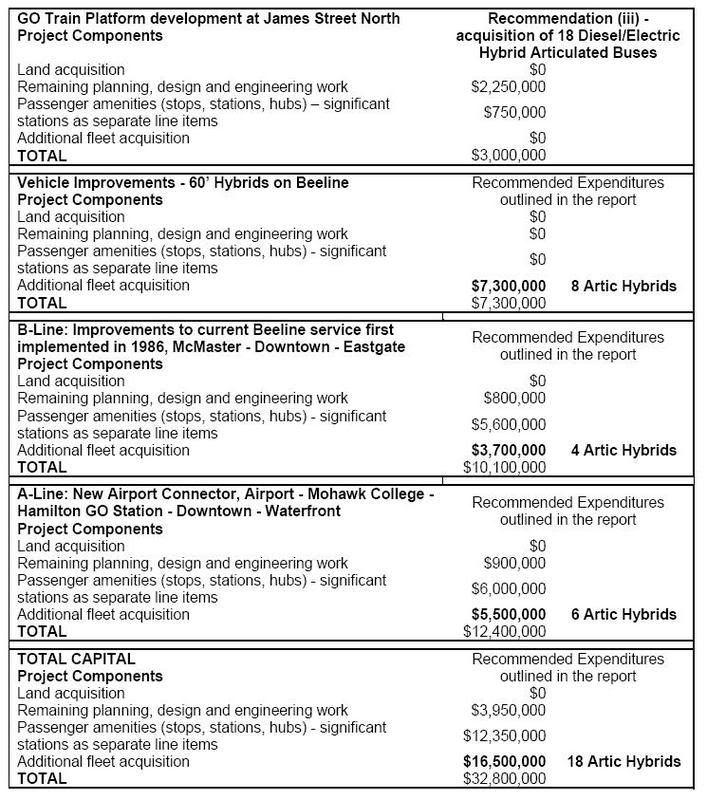Agency floats idea of tolls on all major expressways
407-style fees on existing thoroughfares seen as a way to pay for new public transit
JEFF GRAY
June 14, 2008
Highway 407-style tolls of at least 10 cents a kilometre on all major expressways - meaning a trip from Oakville to downtown Toronto would cost $3.60 or more - are being considered by the regional transportation authority Metrolinx as a way to pay for billions in public-transit improvements.
Metrolinx, a provincially mandated agency whose 11-member board is made up mostly of municipal politicians, got an update yesterday from staff who were asked to find new ways to pay for the massive investments in public transit being contemplated to fight congestion and greenhouse-gas emissions in the greater Toronto and Hamilton regions.
"There's going to be some hard choices to make for sure, but we can't just allow our region to degenerate into traffic chaos," said Metrolinx chairman Rob MacIsaac, who has long maintained tolls had to be an option. "We need to make sure people can get around."
Senior Metrolinx official John Howe told the board yesterday that to dramatically expand public transit, as Metrolinx has proposed, an extra $2.8-billion to $6.2-billion a year over the next 25 years will be required.
As much as $1-billion a year could be raised by any one of the following ideas, he said:
A 10-cent-a-kilometre, or more, charge on the city's Don Valley Parkway and Gardiner Expressway and the province's 400-series highways. (Privately-run Highway 407 charges 18 to 19.75 cents a kilometre.)
A $1 a weekday charge on every non-residential parking spot.
A gas tax increase of 20 cents a litre or more.
A 1-per-cent regional sales tax.
In addition to looking at simply tolling expressways, Mr. Howe said his team is studying U.S. examples of special toll lanes alongside free highways called HOT or "high-occupancy toll" lanes. But he cautioned that these are criticized as "Lexus lanes" for the rich.
A draft plan of the financing options is due by July 25, along with a draft of Metrolinx's proposed public-transit improvements, with a final menu of options to be presented to Queen's Park in the fall.
The plans must be approved by Metrolinx's board, which includes Toronto Mayor David Miller and three other Toronto representatives as well as Mississauga Mayor Hazel McCallion and the chairs of York, Halton and Durham Regions.
Mr. MacIsaac cautioned that while tolls or "road pricing" would likely be listed as an option in the final report to the provincial government - which has said no to the concept in the past - it would be several years before any such scheme came into being, if approved.
"I think there's still lot of runway left before we get to take-off on this," Mr. MacIsaac said.
Mr. Miller, noting that other cities, including Montreal, are considering similar proposals, said he didn't know if tolls were the answer. But he said he believed Torontonians were prepared for them: "I think people are ready. They understand. The price of gas what it is, people know we can't keep building subdivisions and pave over all the farmland up to Collingwood. It's not going to work." A toll for thee?
Metrolinx, the provincial agency charged with planning and co-ordinating public transit in the Greater Toronto and Hamilton area, is considering a plan to impose tolls of 10 cents per kilometre (or more) to drive on provincial and municipal expressways. What it could cost one-way at 10¢/km:
DOWNTOWN TORONTO TO:
Markham $3.00
Oakville $3.60
Pickering $3.90
Oshawa $6.00
Hamilton $6.70
MISSISSAUGA CITY CENTRE TO:
Oakville $2.00
Hamilton $5.00
DOWNTOWN OSHAWA TO:
Pickering $2.10
Vaughan $6.80
Mississauga $8.10
TRISH McALASTER/THE GLOBE AND MAIL
SOURCE: METROLINX





